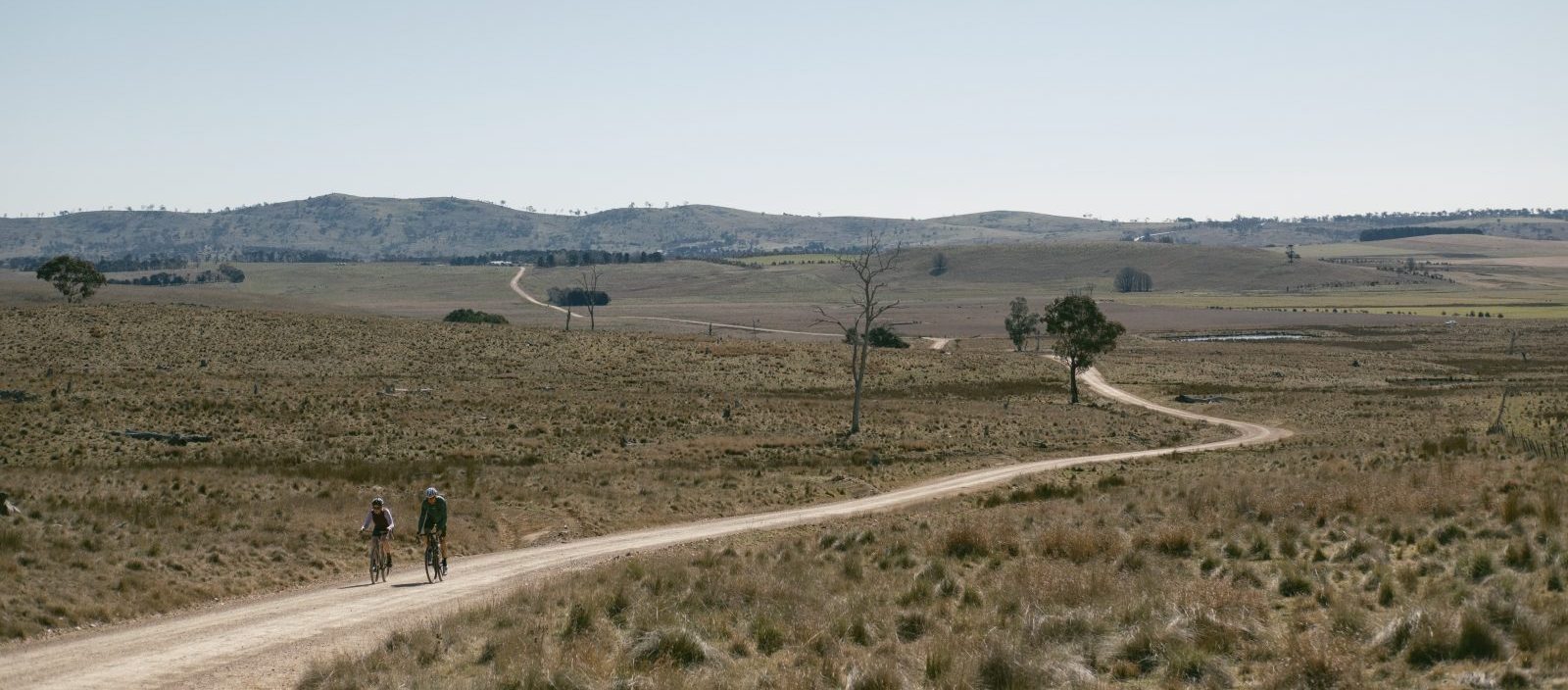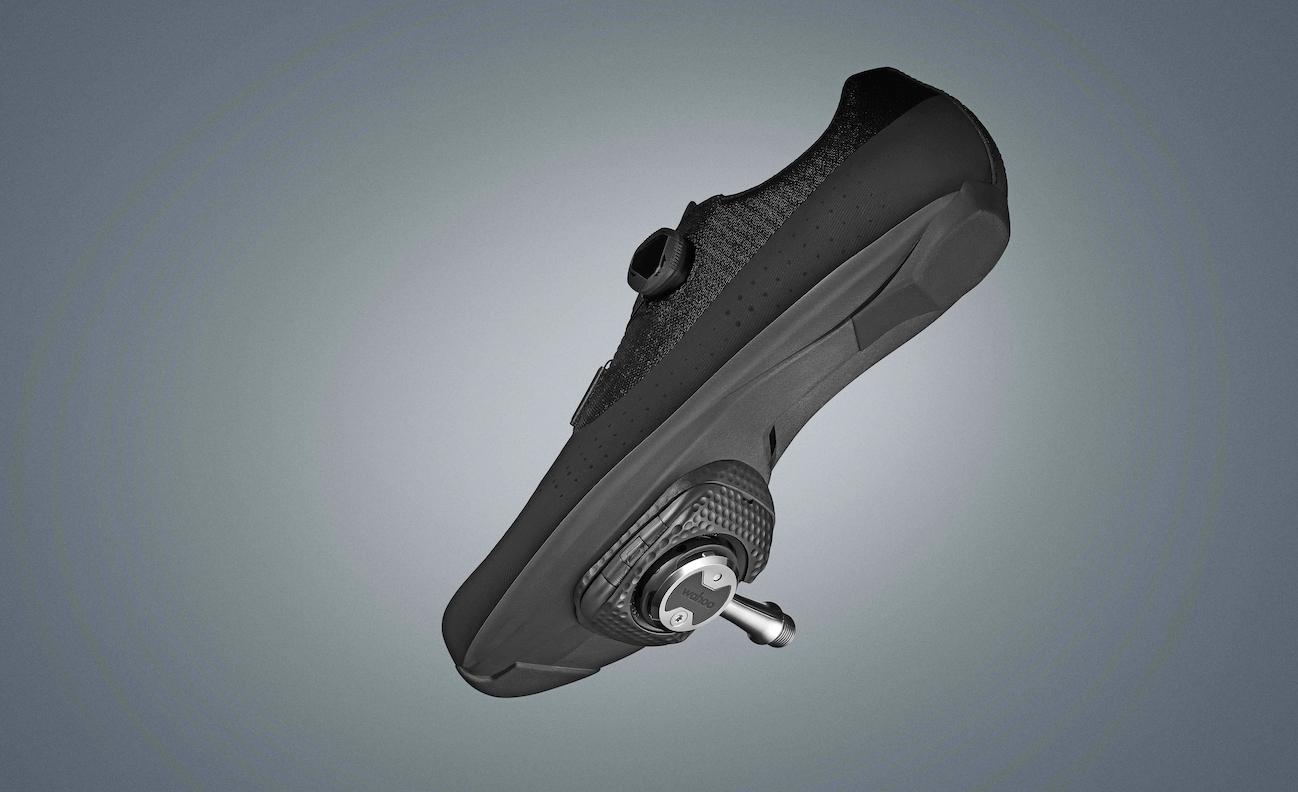When it comes to gear selection does it makes a difference if you choose big ring/big sprocket or small ring/small sprocket if the gear ratio remains the same? Cyclist gets its teeth stuck in
In these days of 11-speed groupsets, it’s easy to assume that you have the option of 22 different gears to ease your journey up hills and down dales. In fact, if you have a standard set-up of 53/39 chainrings on the front and an 11-25 cassette at the back, then two of the ratios are identical (53/19, 39/14, both giving a ratio of 2.79:1) and 14 of the gears are overlapping, meaning there are actually only eight of the 22 gears that don’t have a near-duplicate option when you flick to the other chainring.
So, for the gears that do overlap, we wanted to know if pedalling big-ring-to-big-sprocket (say 53-19) is just the same as small-to-small (39-14) or, given the choice, is it better to err towards one? And would you actually be able to notice it from the saddle? Cyclist consulted the experts.
Bigging it up
Stuart Burgess is professor of engineering design at the University of Bristol and a leading authorities on chain drives. ‘I’ve published papers that show there can be an advantage of higher efficiency with bigger sprockets, but the differences in efficiency are so small that a rider cannot feel it,’ he says. ‘If a rider can feel a difference [between big and small sprockets with the same ratio] then normally something is wrong, like the chain being too loose or too tight.’
Scott McLaughlin, SRAM’s global director of drivetrain development, says chain tension is relevant too. ‘Riding in a larger chainring and cog results in lower chain tension than a smaller chainring and cog with identical gear ratio and identical pedal load,’ he says. ‘The lower chain tension might make the bike feel more stiff and responsive to a given pedal input, and there should also be an extremely small improvement in efficiency.
‘The sense of extra responsiveness comes from the lower chain tension resulting in less frame flex, since the chain is significantly offset from the frame’s centre line,’ he adds. ‘Again, this gives a “sense” or feeling of responsiveness to pedal input, but doesn’t actually provide any increase in efficiency (or only an increase in efficiency that is vanishingly small).’
The consensus, then, seems to be that you can’t really feel the difference between big-big and small-small, but that there is a small improvement in efficiency. Being cycling pedants, of course, we wanted to know the scale of this benefit, and why it occurs.
Professor Burgess cites a study carried out on a bicycle derailleur system in laboratory conditions using an input shaft with a 52-tooth chainring connected to an output shaft with differing size sprockets, from 12 to 21-tooth.
The results of the study are telling. For a crank speed of 60rpm and input power of 100W, a 52/11 sprocket combination had an efficiency of 91.1%, a 52/15 gave 92.3% and that figure rose to 93.8% for the 52/21 combination, clearly indicating that a higher number of teeth does indeed lead to increased efficiency in practice. (Figures as high as 98.6% efficiency have been recorded in separate experiments, but this was between two sprockets without the chain running through a rear derailleur mechanism.) So if bigger sprockets are slightly more efficient, the question still remains: why?
Polygon but not forgotten
Racine Su is R&D director of KMC chains. ‘Chains run smoother on bigger sprockets than they do on smaller ones due to the polygon effect, which means less chain vibration or vertical movements during engagement of chain and sprocket,’ he says. ‘On bigger sprockets this reduces power transmission losses. In other words, it gives higher chain efficiency.’
The ‘polygon effect’ he’s talking about refers to the concept that each sprocket can be viewed as a polygon with the same number of sides as it has teeth. The corners (aka vertices) of the polygon lie in the centre of the gaps between the teeth – where the centre of the link pins of the chain sit. When each link of the chain engages with the turning sprocket, it rises up as the corner of the polygon reaches its highest point, then falls again as the polygon continues to turn. In effect this means that the radius of the sprocket is fluctuating, causing the whole chain to rise and fall as each link engages. This results in energy loss and inefficiency, and crucially the losses are greater on smaller sprockets because the corners of polygons with fewer sides are sharper.
The articulation of the chain (how much each link bends as it wraps around the sprocket) also adds to frictional losses, and this also increases as sprocket size decreases. So at this stage it’s looking pretty clear cut – given the choice, running on bigger sprockets is marginally more efficient.
But it doesn’t end there. Perhaps counter-intuitively, the lab tests also found that efficiency in a bicycle’s power transmission increased proportionally with increased tension in the chain. In other words, the harder you stamp on the pedals, the more efficiently the power is transmitted from front to rear sprockets. Su says, ‘Higher chain tension will induce higher frictional losses. But it reduces energy loss between links during power transmission. In sum, the higher chain tension improves efficiency,’ he says.
Given that SRAM’s Scott McLaughlin told us earlier that putting the same load through the pedals using smaller sprockets will increase the tension in the chain, the choice between big or small sprockets becomes less cut and dried.
Cutting to the chase
Clearly it’s time to pedal rapidly out of the laboratory and get a view from out on the road, where it really matters. Michael Hutchinson, three-time National Time-Trial Champion and a technical writer on cycling, says, ‘It’s a little bit more efficient to ride on bigger sprockets, though I don’t know that for most people the difference is heart-stopping. If the difference were that striking, we’d all be riding with 95-tooth chainrings on the front and 35s on the back.’
And McLaughlin agrees that in practical terms, the size of the sprockets is not on the critical path when it comes to efficiency. ‘Many more factors come in to play here. Extreme cross-chaining, for instance, will reduce efficiency and increase wear.’
And that seems to be the message. Running on big sprockets will increase efficiency slightly, and reduce chain wear because the loads are spread over a greater length of chain, but any small gains will be more than wiped out by the inefficiencies and increased wear caused by a badly maintained chain or extreme chain lines.
That said, all things being equal, think big


